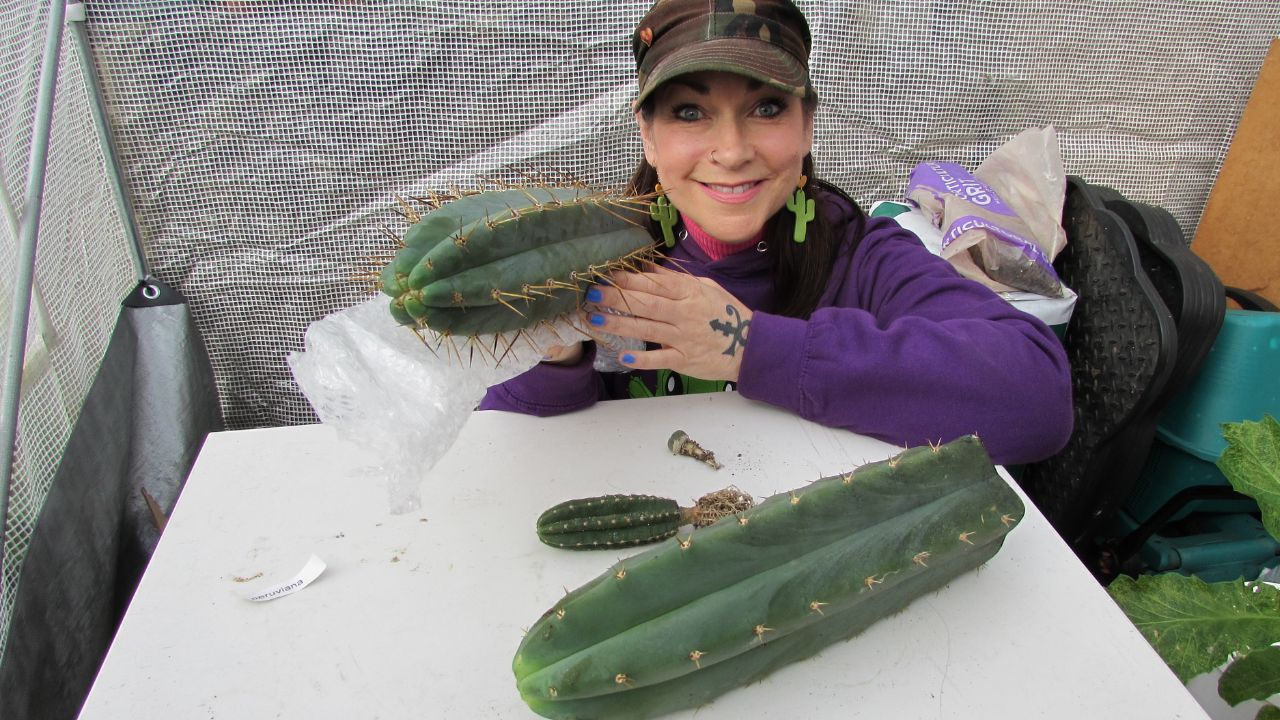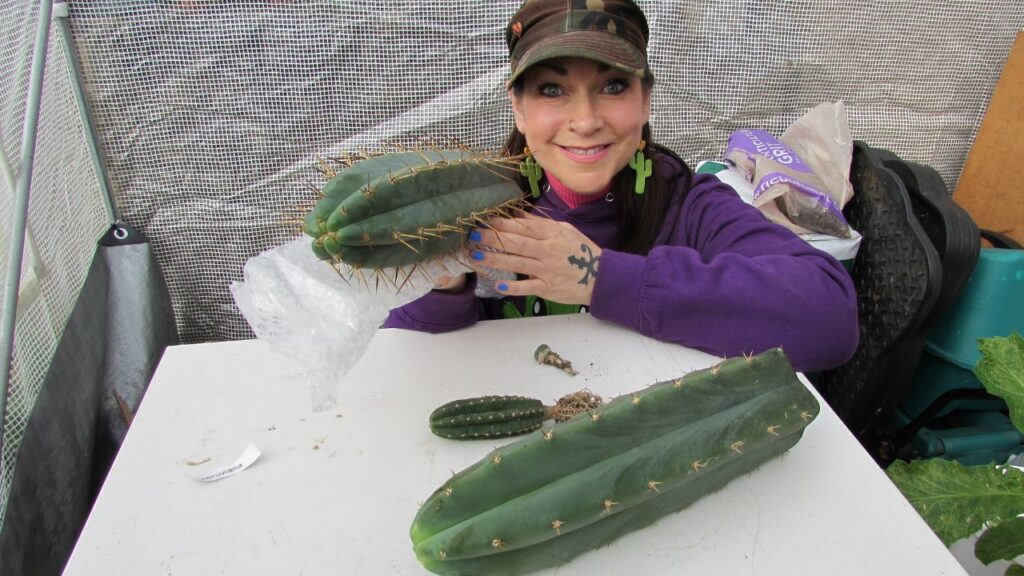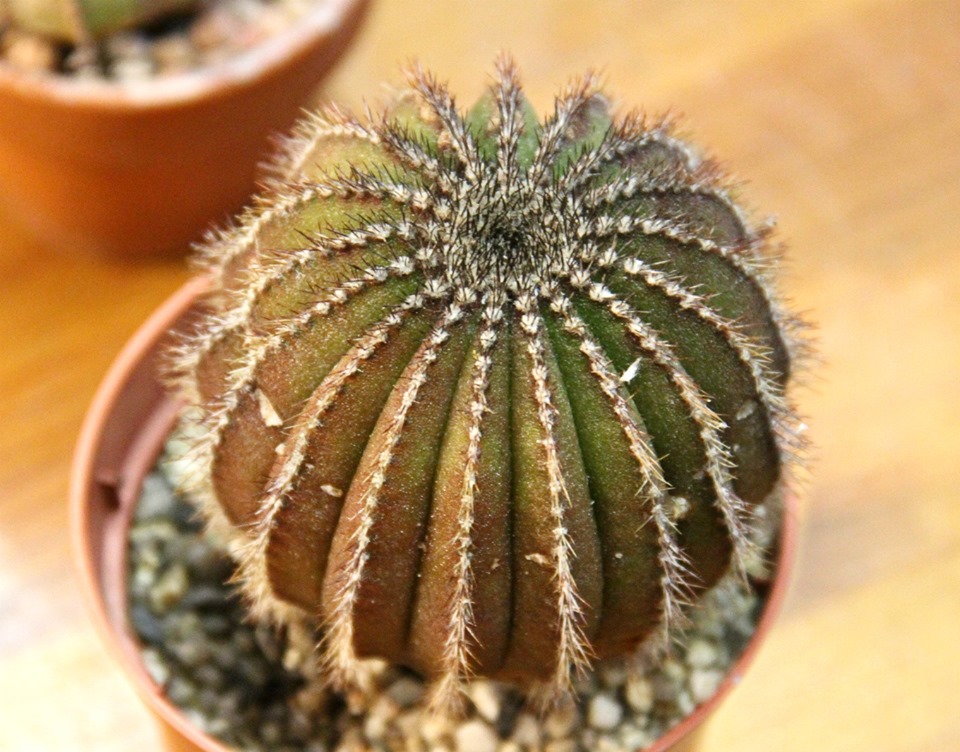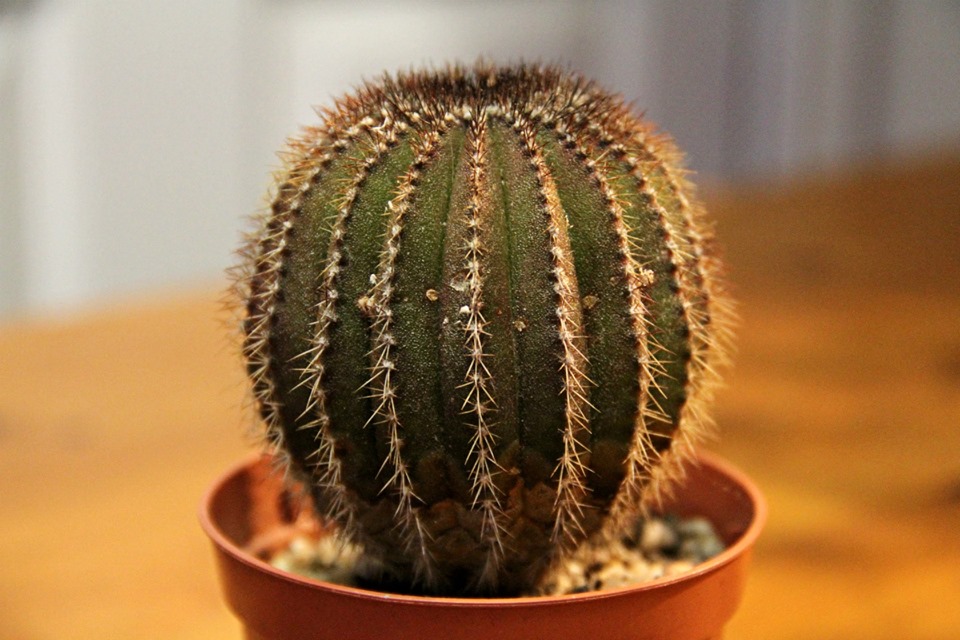Hi Guys 😀
In this months article I will be talking about the most incredible online cactus shop for all of us crazy cactus people called Cactocereus.co.uk ( Cactocereus.co.uk )

Cactocereus.co.uk is an online Cactus shop for Crazy Cactus People that is run by a wonderful gentleman called Byron who is passionate about growing cacti and has over 6,000 cactus plants WOW.
Byron has a really incredible selection of extra special Trichocereus and Lophophora cacti as well as amazing large cuttings and cactus seeds of Trichocereus and Lophophora for sale, and if you love these extra special cacti as much as I do then you have to check out Cactocereus.co.uk ( Cactocereus.co.uk. )
Byron is a professional plant supplier and issues plant passports with each sale, which is a new UK legal agreement for long distance sales.
The fantastic news is that for all my readers and for my followers on my You Tube Channel called Desert Plants of Avalon there is a 10% off Coupon for my followers who purchase from Cactocereus.co.uk: please mention ‘PlantsOfAvalon’ and the 10% off will be applied at Checkout.

As well as their website Cactocereus.co.uk also have a wonderful Facebook page where you can like and follow their page here is the link to their Facebook page: https://www.facebook.com/TrichocereusUK
I was very lucky to have been sent an awesome box of Cacti from Cactocereus.co.uk to unbox and review and all I can say is WOWSERS haha, I unboxed two GORGEOUS big chunky Cuts of Trichocereus peruviana and Trichocereus pachanoi and a stunning Trichocereus scopulicola and a beautiful Lophophora williamsii Seedling and all the Cacti were truly incredible healthy specimens and all arrived very well packed and in perfect condition, I can highly recommend Cactocereus.co.uk to you all.

I have made an unboxing video for my You Tube Channel called Desert Plants of Avalon where I unbox the incredible Cacti I received from Cactocereus.co.uk, I really was like a big kid at Cactus Christmas haha, you can watch this video below:
Sending all your Crazy Cactus People love and happiness and PLANT POWER from across the Emerald Isle.





